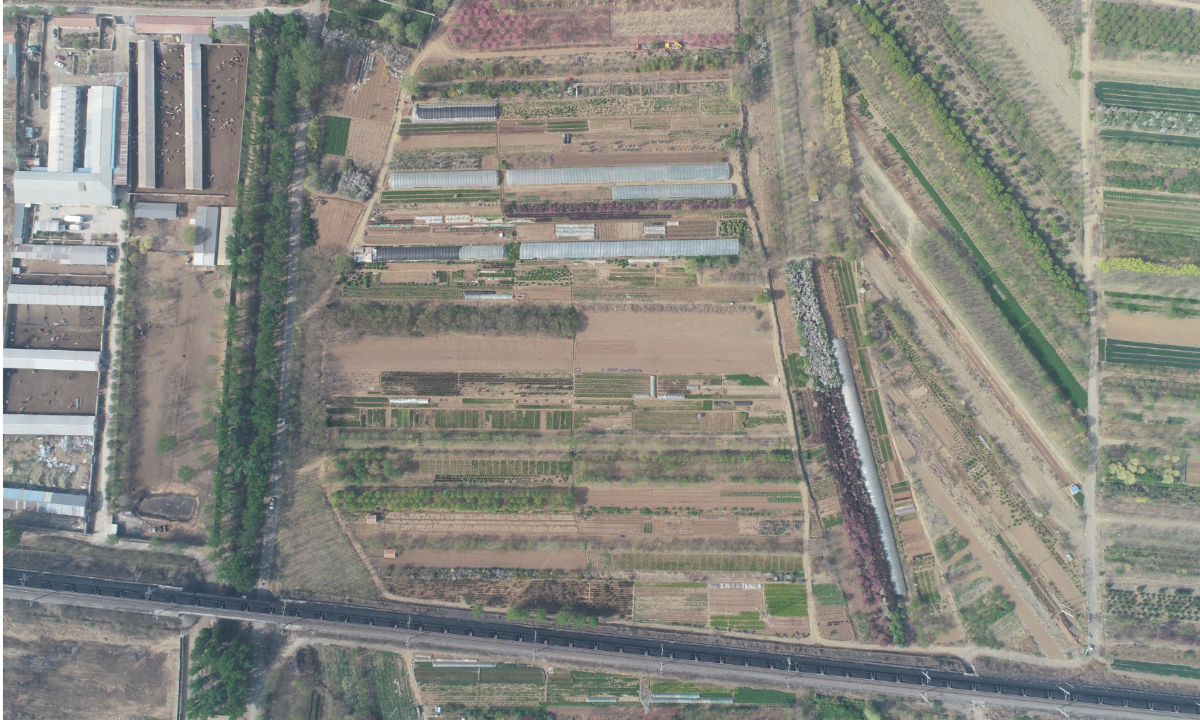
Photo: Screenshot from website
Covering an area of more than 24,000 square meters, an ancient tomb cluster from the Han Dynasty (206BC-AD220) was recently discovered in North China's Tianjin Municipality.
Relics discovered from the tomb cluster include bricks engraved with rope patterns and pieces of pottery. Archaeologist Lu Zhaojun told the Global Times that, judging from on-site details like bricks fragments, holes in the soil and the drag marks left by coffins, the area was once likely an "established graveyard" in ancient times.
"Also, we can predict that the tomb cluster was for high ranking individuals since the rope-patterned bricks are an indicator that the site was built with aesthetic considerations in mind," Lu told the Global Times.
The newly unearthed tomb cluster is 300 meters away from another Han tomb cluster known as the Bangjun tomb site.
In 1956, the Bangjun tomb site was first discovered during a cultural relics survey carried out in Tianjin. A large number of cooking utensils like pottery pots and plates were discovered. Also, some finely made artifacts like bronze mirrors and agate beads were also discovered by archaeologists.
Archaeologist Qu Fulin told the Global Times that, besides the relics, the tomb site is also known for the "wisdom of its configuration."
Some tombs inside were designed with multiple functional areas in one. Such areas include front and back spaces as well as two chamber rooms on the both the left- and right-hand sides of a tomb. These chamber rooms are also known as "ear rooms."
Qu said that this design helps reveal the "funeral customs and beliefs" of the Han Dynasty.
The recently discovered tomb cluster has been identified as belonging to the same period as the Bangjun tomb site. The new discovery was made during the fourth national survey of cultural relics that is currently taking place across the country.
First launched in November 2023, the fourth survey aims to establish a database for immovable cultural relics in China, including ancient architecture, burial sites as well as military heritage sites.
The first national survey addressing cultural heritage was first launched in 1956, which is the main reason why the Bangjun tomb site was discovered that same year.




